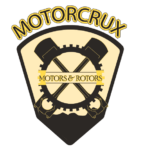5 Worst engines to avoid: The Bad to Worst List
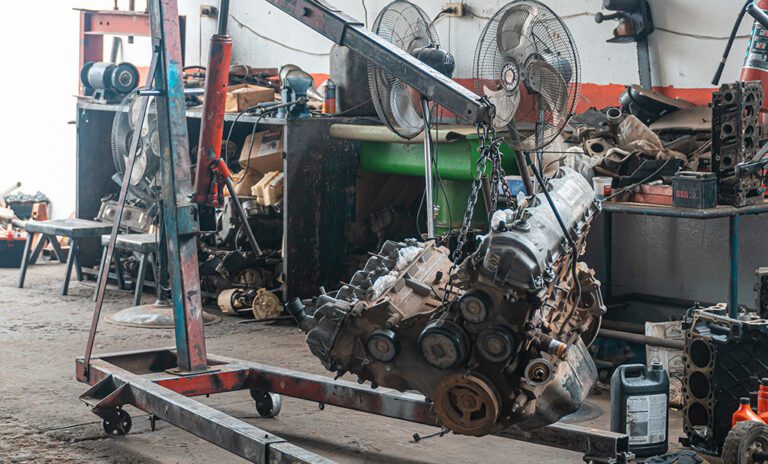
The worst engines to avoid are the stuff of nightmares. Best to avoid these engines like the plague. From the BMW 4.4L Twin-Turbo to the Audi TSI 2.0L – CAEB and the Range Rover Sport 5.0 SuperCharged V8 not forgetting the Chevy Ecotec 1.4 Turbocharged
Identifying and avoiding problems in life requires experience as well as instinct. Recognizing the worst engines to avoid in the automotive world requires experience and knowledge.
Some car manufacturers have earned the badge for least reliable vehicles. Courtesy of bad engines but people still buy cars with those motors and by luck, survive.
However, we have some that are simply unbearable and ultimately money pits – the worst car engines. And that is the gist of this article…
Worst Engines To Avoid - N63 BMW
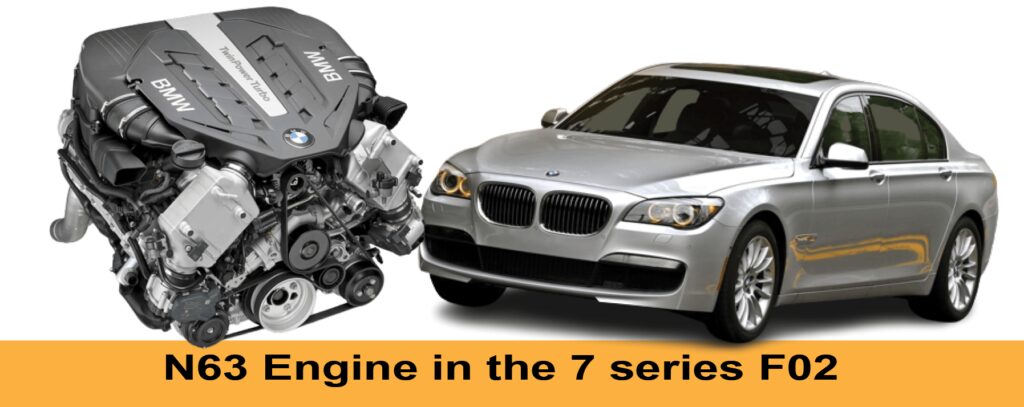
The N63 4.4-liter V8 engine powerplant is found in various BMW models like the 5 Series, 6 Series, 7 Series, X5, and X6. Most of those models are performance vehicles.
To quickly identify vehicles using this engine, look out for “50i” inscribed after the model name.
This engine was manufactured between 2008 and 2013 and some of the common issues include:-
- Cooling system failure
- Turbocharger failure – largely a design issue since the turbos are located inside the engine block where high temperatures subject the turbos to intense pressure
- Carbon build-up issues also common with other direct injection engines
- Random misfires
- Failing timing chain and timing tensioners
What BMW cars have the N63 engine?
No one needs expensive repairs on a vehicle that still feels new. This BMW engine features in the list of BMW engines to avoid (see article below) and quite frankly, see this engine and run! The problems are endless and unfortunately, they cost an arm and a leg to repair or replace.
If you are looking for a replacement, the bill is between 5,000 – 10,000 dollars for a used engine. That is if you are lucky to get one in good condition.
Some car owners choose to endure the inconveniences of repairs and added maintenance costs, but first time car buyers should take precautions or avoid this engine altogether. The culprits are listed below.
- F01 and F02 (7 Series Sedan) produced from 2009 to 2012
- F10 (5 Series Sedan) produced from 2010 to 2013
- E70 F15 X5 Xdrive50i produced from 2010 to 2013
- E71 X6 xDrive50i 2008-2013
- 650i (F06/F12/F13) 6 Series Coupe produced from 2011 to 2012
- F13 6 Series Coupe produced from 2011 to 2012
Worst Engines To Avoid - Audi TSI 2.0L - CAEB
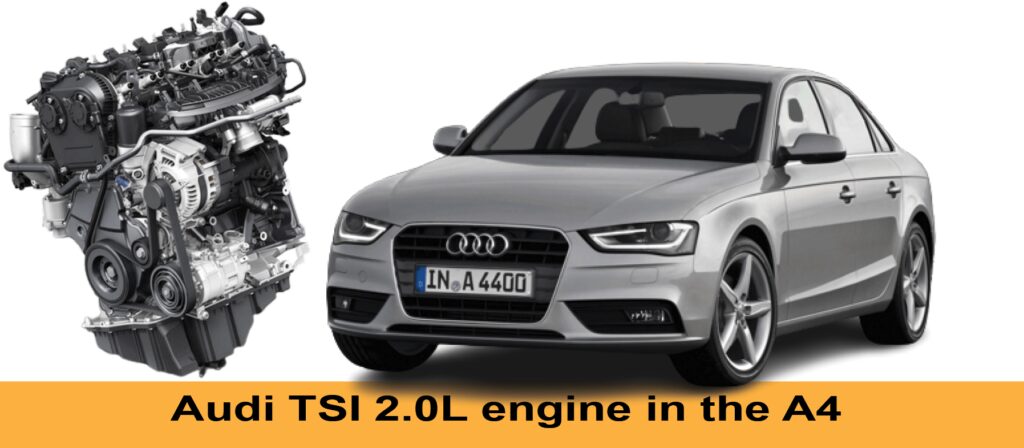
Audi clothed the A4 beautifully. This car has the looks to die for. Great interior, swanky looking front face – the grille is well designed and quite attractive.
Unfortunately, that is where the beautiful adjectives end. Because this engine is a pain!
According to this Best and Worst Quality Index Rating report. The Audi engine made between 2002 – 2012 has multiple flaws.
This has earned it a spot on the – Audi engines to avoid – list. What are some of the issues with this engine?
- Excessive oil consumption – The 2.0L TSI engine is prone to erratic and excessive oil consumption that requires owners to top up the oil before the recommended extended service intervals.
Usually, 1 quart will be sufficient to get you until the next servicing, but occasionally, you’ll need to top off since certain parts are leaking.
Vacuum pump seals, PCV breather valves, crankshaft seals, turbo, or valve cover gaskets are some of the potential leak sources. Before claiming that the issue with excessive oil use has been resolved, you might need to locate the leak.
- Water Pump Failures – The water pump is positioned below the valve cover area where leaks will sip through and drain to the water pump which ends up compromising the water pump seals and casing leading to a total breakdown
- Faulty timing chains – Usually the timing chain tensioner stretches and results in the timing chain break or actual seizure. The seizure is catastrophic because that could mean a new engine or rebuild. The timing chain might also damage the engine beyond the actual chain break or loosening.
- PCV failures – The positive crankcase vent (PCV) helps in handling gas emissions to avoid engine oil and exhaust gases mixing to form sludge.
The PCV also ensures that the toxic hydrocarbon gases are neutralized by rerouting them back to the combustion chamber. The gases are burned to ensure the engine is not damaged and also to protect the environment.
- Carbon build-up – With direct injection, carbon build-up on the intake valve becomes a nuisance. You could have misfires, especially at a cold start which reduces once the engine is warm enough and the carbon disintegrates in the high engine temperature.
When you notice black smoke from the exhaust system, that could be carbon buildup taking its toll on the engine.
As previously stated, you will experience rough idling and hard starts. Some of the symptoms of carbon build-up in your Audi A4 include engine misfires and decreased acceleration.
Take a deeper dive into Audi engines to avoid.
Worst Engines To Avoid - Range Rover Sport 5.0 SuperCharged v8
This Range Rover dubbed L320 was made between 2012 – 2014. It had a bunch of problems including timing chain and timing chain tensioners issues. We’ll look deeper into the problems but first, let’s understand this engine for context.
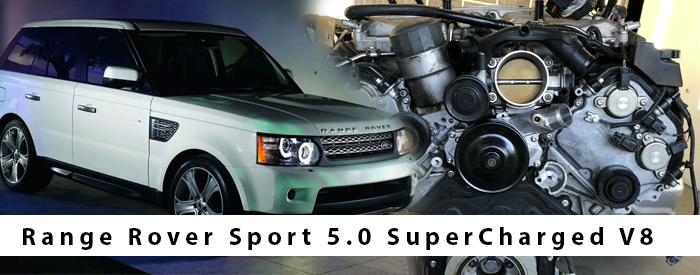
What does supercharged mean in the range rover
The auto industry has been pursuing engine power for years. Two devices were invented for this exact purpose. The supercharger and the turbocharger.
A supercharger is an air compressor designed to increase the air that is fed into the combustion engine.
From a basic principle – more oxygen means better combustion from burning more fuel.
Turbochargers on the other hand take advantage of the velocity and energy of exhaust gases from the engine’s cylinders to spin the turbine. The turbine drives a small compressor to pump more air back into the engine.
That process creates lag and a slight mismatch in response and hence the supercharger was preferred in the Range Rover mainly due to the design.
The supercharger doesn’t experience response lag like the turbochargers and thus vehicles fitted with superchargers have massive torque.
The pros and cons of superchargers are a separate topic but the performance is probably what inspired the Range rover sport designers because this machine can peak at more than 500hp.
Enough to pin you to the driver’s seat as the launch and pick up speeds are insane enough to bring a surge of adrenaline.
Back to the Range Rover Sport Supercharged problems.
Most Range Rovers at one time suffer from faulty suspension. But that is the least of the problems on this vehicle because the engine is prone to:-
- EGR failure – The EGR gets clogged up with a carbon build-up and the first sign of a failing EGR valve is hesitation on acceleration
- Electronic cooling fan failure
- Transmission mount fault
- Water pump failure
- Failure of the alternator
- Transfer case front seal fault
- The timing chain fails in various ways including chain stretch, chain jump, chain guide failure, cam phaser failure
- Transfer box failure
Looking at that list, this is a car that demands rigorous care and expertise to maintain and also fix.
For those with resources, the repairs are not a problem but if you are keen on the bills this is not a model that will give you the best ownership experience.
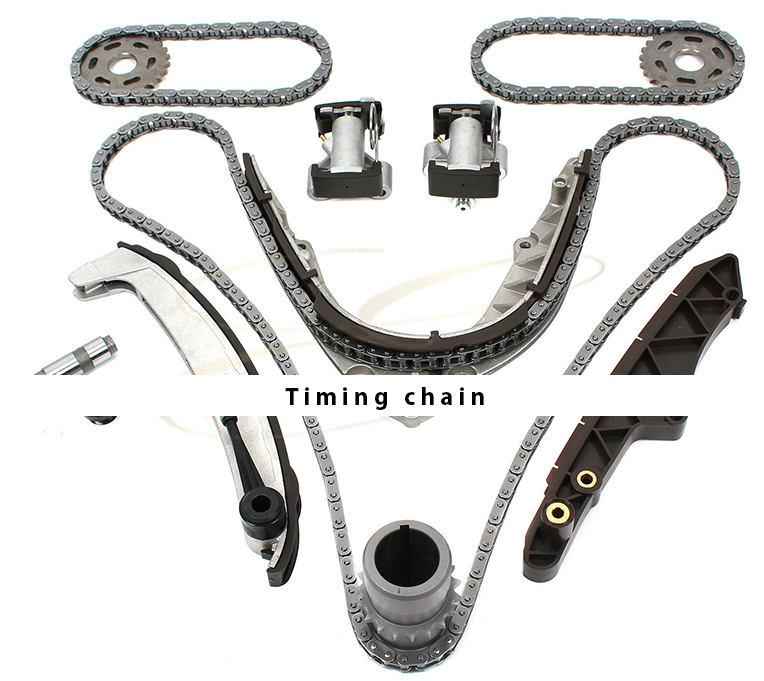
Worst Engines To Avoid - Chevy Ecotec 1.4 Turbo Charged
This engine is common in the Chevy truck and the Chevy Cruise. It is a small engine but packs a heavy punch.
With impressive torque and fair fuel consumption, this engine is impressive, to say the least. However, the turbo demands extensive service and care. This engine is not massively disappointing but you have to look out for issues such as:-
- Turbo failure where signs include low/decreasing power
- The smell of burning oil from oil leaks
Engine failures were caused by turbochargers in earlier engines released between 2010 and 2019.
However, it is recommended that you proceed with caution when using this engine in your vehicle.
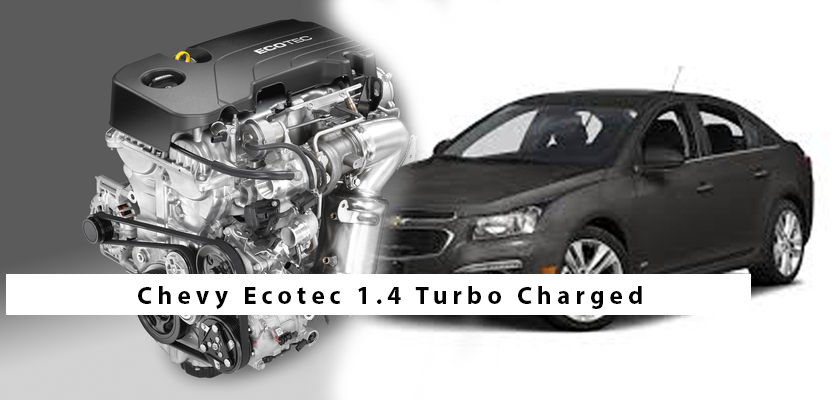
Worst Engines To Avoid - Ford 5.4L 3 valve
Ranked as one of the worst ford engines – The Ford 5.4L 3 valve engine was manufactured from 1997 to 2007. It is used in the following vehicles:-
- 1997-2010 Ford F-150
- 1999-2004 SVT Lightning
- 1997-2014 Ford Expedition
- 1997-2014 Lincoln Navigator
- 2006-2008 Lincoln Mark LT
- 2000 Ford Mustang SVT Cobra R
- 2007-2012 Ford Shelby GT500 / GT500KR
- 2004-2006 Ford GT
Is this the worst ford engine? The list of problems answers that question clearly. We are talking about:-
- Timing chain failure is characterized by rattling noises…
- FPM (Fuel pump driver module) – caused by clogging with dirt and also rust. The symptoms of a failed FPM include stuttering, no start, and flat-out stalling with the engine cut out from fuel.
- Spark plugs & ignition coils – Problems on the ignition coils and plugs lead to misfires, rough idle, stuttering, and significant power loss
- Oil pan gasket leak – When you come across engine leaks and can also smell burning oil, chances are the oil pan gasket is leaking. Not an expensive problem to fix for knowledgeable car owners.

What are the top signs of engine trouble?
Besides some of the issues highlighted in the motors above you may come across strange problems with your engine. Internal combustion engines will signal failure in several ways.
- Rod bearing noise – characterized by – a loud knocking noise and also loss in power. That could mean you need a complete engine rebuild
- Metal shavings in engine oil indicate the rod and main bearing are worn
- Oil leaks – are caused by worn oil pan gasket, bad oil pressure sensor seal, rear seal, camshaft, or crankshaft seal leakage. It could lead to draining the engine and cause irreparable damage.
- Severe misfires – caused by the faulty ignition coil, worn spark plugs, bad fuel injectors
- Timing chain failure – characterized by a clicking noise. As a result, you could be looking at a worn timing guide or timing chain tensioner.
- Power loss due to the broken timing belt which should be replaced upon signs of wear before it breaks otherwise it will destroy valves and result in a low compression
- Heavy white smoke coming from the tailpipe is indicative of a blown head gasket or cylinder head. White smoke is a result of coolant and water getting into the combustion chamber.
- Black smoke is not necessarily an alarm trigger but indicates the air and fuel mixture in the combustion chamber is imbalanced.
- Blue smoke is cause for alarm simply because the engine is burning oil probably from leaking seals.
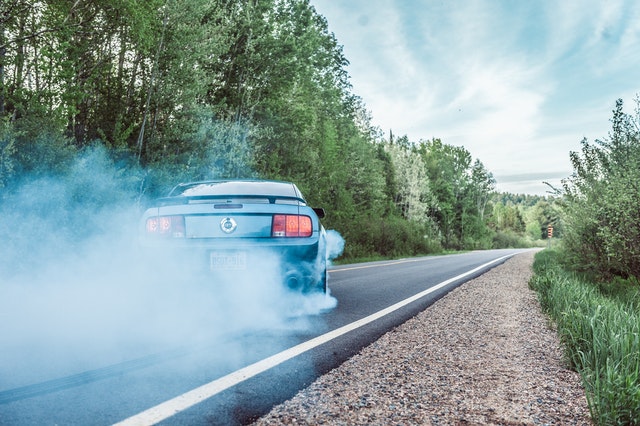
Wrapping up
There are rare cases when some of the engines highlighted in this article have fewer problems but don’t be shocked to encounter money-siphoning problems as highlighted above.
The flip side of this article is that you can be prepared and act accordingly. This includes putting money aside for emergency repairs and having a repair shop on standby..
Hope you got enlightened. Happy motoring!
Top picks - related articles
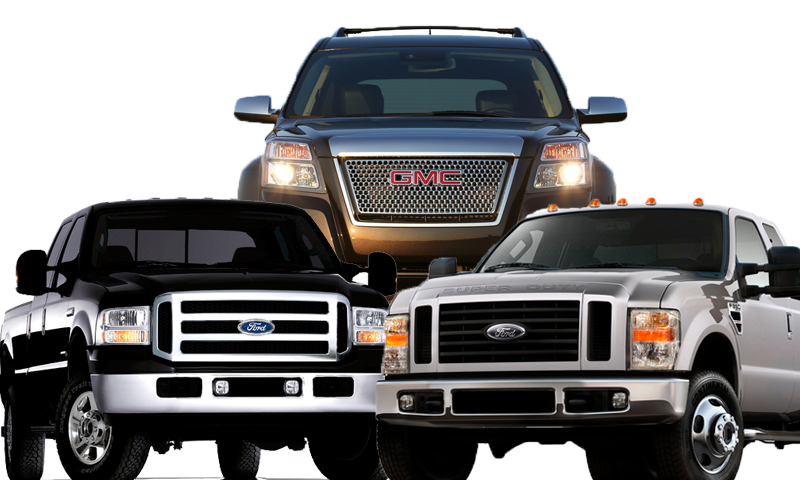
Worst Pickup Truck Engines
Picking the worst pickup truck engines is a race between Ford, GM (Chevy), and Dodge (RAM) plus a Nissan engine.
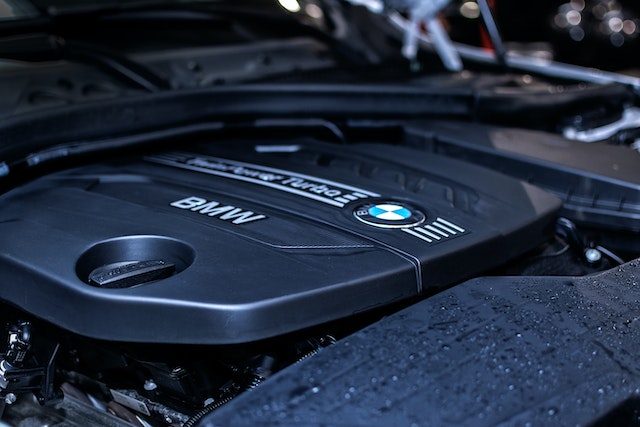
BMW Engines To Avoid
Find out the reason why BMW engines are unreliable and also a look at the top 5 BMW Engines to avoid.
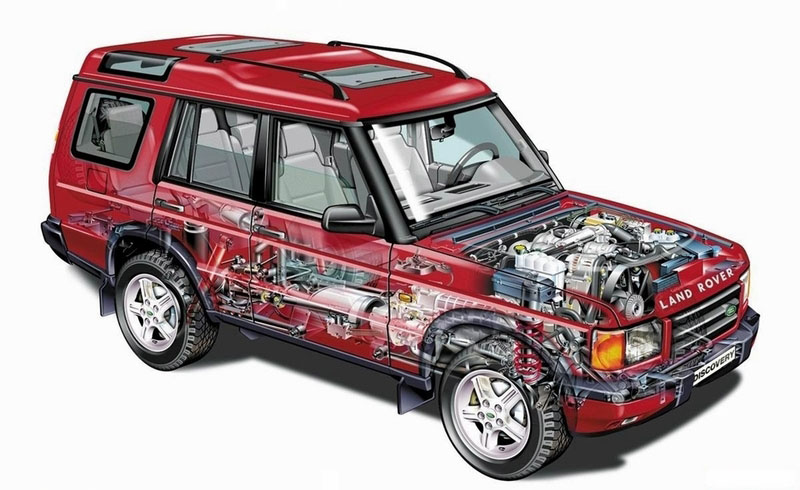
Land Rover Engines To Avoid
When it comes to Land Rover Engines To Avoid you are looking at engines that will almost make you bankrupt.
